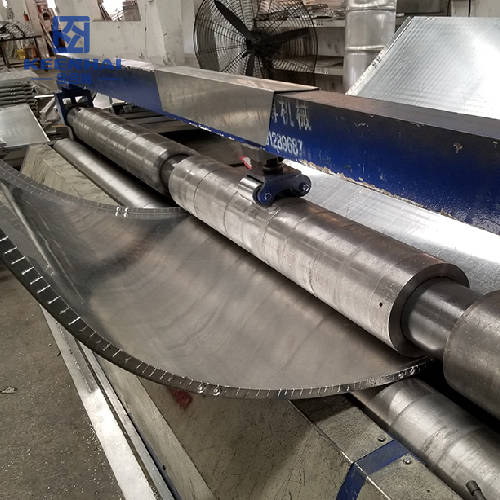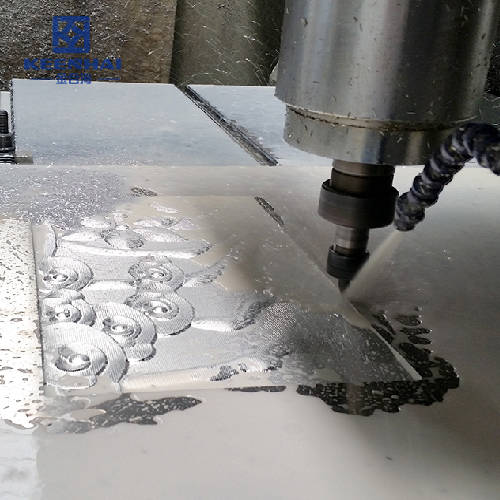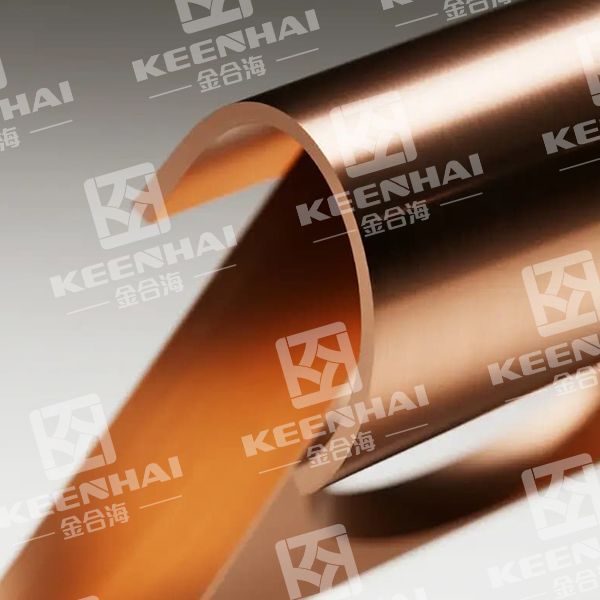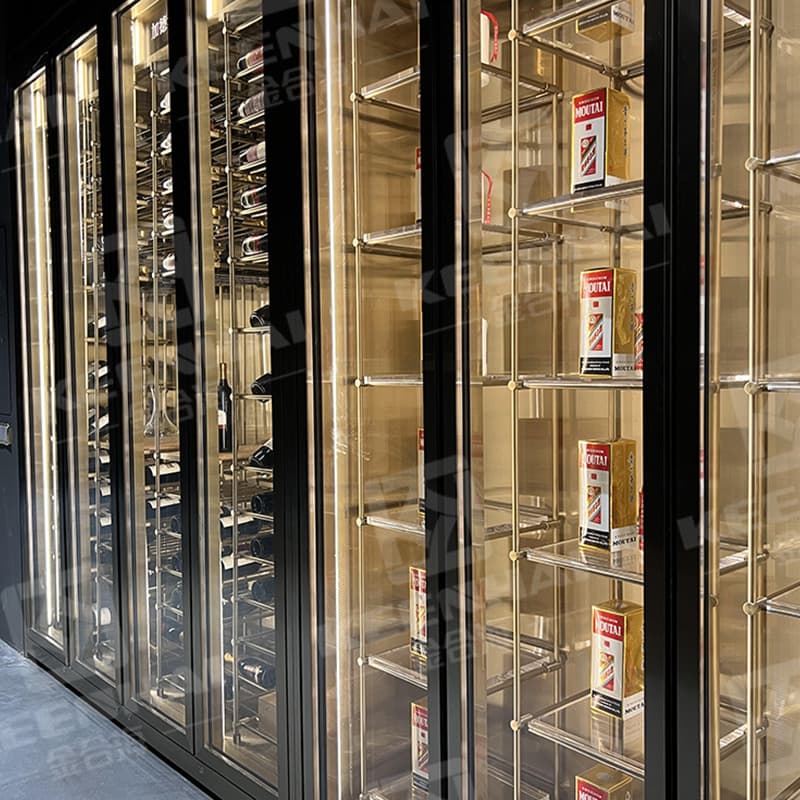If you’re wondering about the difference between Inox Und Edelstahl, the short answer is simple: they are essentially the same material, but the grade and application make all the difference. Inox usually refers to stainless steel in general, while the choice between types like 304 and 316 affects cost, rust resistance, and long-term durability. For kitchens, indoor projects, and areas without harsh exposure, Edelstahl 304 is often enough. In marine or outdoor environments, 316 is the smarter option because of its superior corrosion resistance. This guide will break down cost, durability, and real-life uses so you can pick the right grade for your project in 2025.
What Is Inox Material?
Definition of Inox Material
Der Begriff Inox stammt aus dem französischen Wort Edelstahl, which translates to “stainless.” Inox material is another name for stainless steel, commonly used in Europe and certain industries like kitchenware and architecture. Thanks to its unique chemical composition, the term emphasizes the material’s ability to resist rust and staining.
Wichtige Eigenschaften des Inox-Materials
Inox-Material ist bekannt für seine hervorragende Korrosionsbeständigkeit, die auf den Chromgehalt (üblicherweise über 10,5%) zurückzuführen ist. Dadurch entsteht eine passive Schicht auf der Oberfläche, die sie vor Oxidation schützt. Es wird außerdem für seine mechanische Festigkeit, Langlebigkeit und optisch ansprechende polierte Oberfläche geschätzt und ist daher die erste Wahl für funktionale und dekorative Anwendungen.
What Is Inox and Stainless Steel?
Inox, short for acier inoxydable, is a high-chromium Edelstahl alloy that offers superior resistance to rust and staining. It is widely used in high-end applications like kitchen equipment, jewelry, and marine products.
Stainless steel, in general, is a broad category of alloys that includes Inox and other grades. It contains a minimum of 10.5% chromium to prevent corrosion but may vary in nickel, molybdenum, and other alloy content depending on the grade.
| Besonderheit | Inox | Edelstahl |
|---|---|---|
| Chromium Content | Typically 18%+ | 10.5%-18% (varies by grade) |
| Korrosionsbeständigkeit | Very high | High |
| Common Uses | Kitchen equipment, jewelry | Construction, automotive, appliances |
All Inox is stainless steel, but not all stainless steel qualifies as Inox. This distinction is important when choosing materials for harsh environments.
Durability and Corrosion Resistance
-
Inox: Extremely resistant to oxidation, ideal for outdoor or high-humidity environments. It rarely rusts and maintains a polished finish over time. In marine environments, Inox 316 is often preferred for its molybdenum content, which improves corrosion resistance against saltwater.
-
Standard Stainless Steel: Durable and corrosion-resistant, but some grades like 304 may show minor surface rust if not maintained. For indoor projects, 304 stainless steel is usually sufficient.
Example: A stainless steel kitchen sink made of 304 grade may last 10–15 years with proper care, while a 316 Inox sink in a coastal home can easily last 20+ years without visible corrosion.

Comparing Inox Material and Stainless Steel
Terminologieunterschiede
One of the main distinctions between Inox material and stainless steel lies in terminology. Inox material is the term more commonly used in Europe and select industries, while stainless steel is the global term. Despite the difference in nomenclature, they refer to the same material.
Leistungsähnlichkeiten
Ob Inox-Material oder Edelstahl – die Leistung des Materials bleibt stets gleich. Beide Begriffe beschreiben eine korrosionsbeständige, langlebige Legierung mit ähnlichen Anwendungsgebieten im Bauwesen, bei Haushaltsgegenständen und in der Industrie.
Variations in Perception
The difference in naming can create a perception that they are distinct materials. For example, “Inox” may be seen as a more premium brand in certain regions due to its association with European quality. In reality, the distinction is purely semantic.
Kostenvergleich
Material cost is often the first consideration for many projects.
| Material | Average Price per Kg (USD) | Notes |
|---|---|---|
| Inox | 5–8 | Premium, corrosion-resistant |
| Edelstahl | 3–6 | Cost-effective, versatile |
-
Inox: Higher upfront cost due to chromium and alloy content, but lower maintenance and longer lifespan often justify the price.
-
Edelstahl: More budget-friendly and versatile for most indoor and non-extreme applications.
Real-world ROI: For outdoor stair rails or coastal railings, choosing Inox 316 over standard stainless steel may increase initial cost by 30–50%, but it avoids rust damage and replacement costs over a 15-year span.
Key Applications
Kitchen and Household Items
Edelstahl steht für Qualität bei Küchengeschirr. Aufgrund seiner Korrosionsbeständigkeit, der einfachen Reinigung und der glänzenden Optik wird er bevorzugt für Töpfe, Pfannen, Besteck und Spülbecken verwendet. Seine nichtreaktive Oberfläche macht ihn zudem sicher für die Lebensmittelzubereitung.
Construction and Design
Edelstahl ist aufgrund seiner Festigkeit und Witterungsbeständigkeit ein fester Bestandteil des Bauwesens. Er wird für Tragwerke, Geländer, Fassaden und dekorative Elemente in Wohn- und Geschäftsgebäuden verwendet. Das elegante, moderne Erscheinungsbild von Edelstahl oder Inox wertet architektonische Entwürfe auf.
Industrielle und automobile Anwendungen
In demanding environments like industrial plants or automotive manufacturing, stainless steel excels due to its durability and ability to withstand extreme conditions. It is commonly used in exhaust systems, chemical tanks, and marine equipment.
Different Grades of Inox and Stainless Steel
Understanding grades can help fine-tune your choice:
| Grade | Typical Use | Key Advantage |
|---|---|---|
| 304 | Kitchen equipment, appliances | Cost-effective, good corrosion resistance |
| 316 | Marine, outdoor furniture | High corrosion resistance, ideal for harsh environments |
| 430 | Automotive trim, indoor appliances | Magnetic, budget-friendly |
For outdoor, coastal, or high-moisture areas, Inox 316 or equivalent is the safest choice.
Maintenance and Lifespan
-
Inox: Low maintenance. Occasional cleaning with mild detergent keeps it shiny. Extremely resistant to corrosion, scratches, and stains.
-
Edelstahl: Requires regular cleaning to prevent surface rust, especially in high-humidity or coastal areas. Abrasive cleaners may damage the protective chromium layer.
Example: A 316 Inox outdoor railing may only need yearly cleaning, while a 304 stainless steel railing might require quarterly maintenance in the same environment.

Common Misconceptions
-
All stainless steel is Inox – Incorrect. Only certain high-chromium stainless steels qualify as Inox.
-
Higher price always means better quality – Not necessarily. Choosing the right grade for your environment is more important.
-
Maintenance is the same for all grades – Inox generally requires less care, while standard stainless steel may need frequent cleaning to prevent rust.
Conclusion
When deciding between Inox Und Edelstahl, consider:
-
Environment: Coastal, marine, or humid areas favor Inox 316.
-
Budget: Stainless steel is sufficient for indoor, less demanding applications.
-
Longevity: Inox offers longer lifespan and lower long-term maintenance.
By understanding your project requirements, you can choose the material that provides the best combination of durability, performance, and value.
If you’re ready to pick the finish that locks in color and cuts long-term upkeep, see our PVD stainless steel sheet guide.







